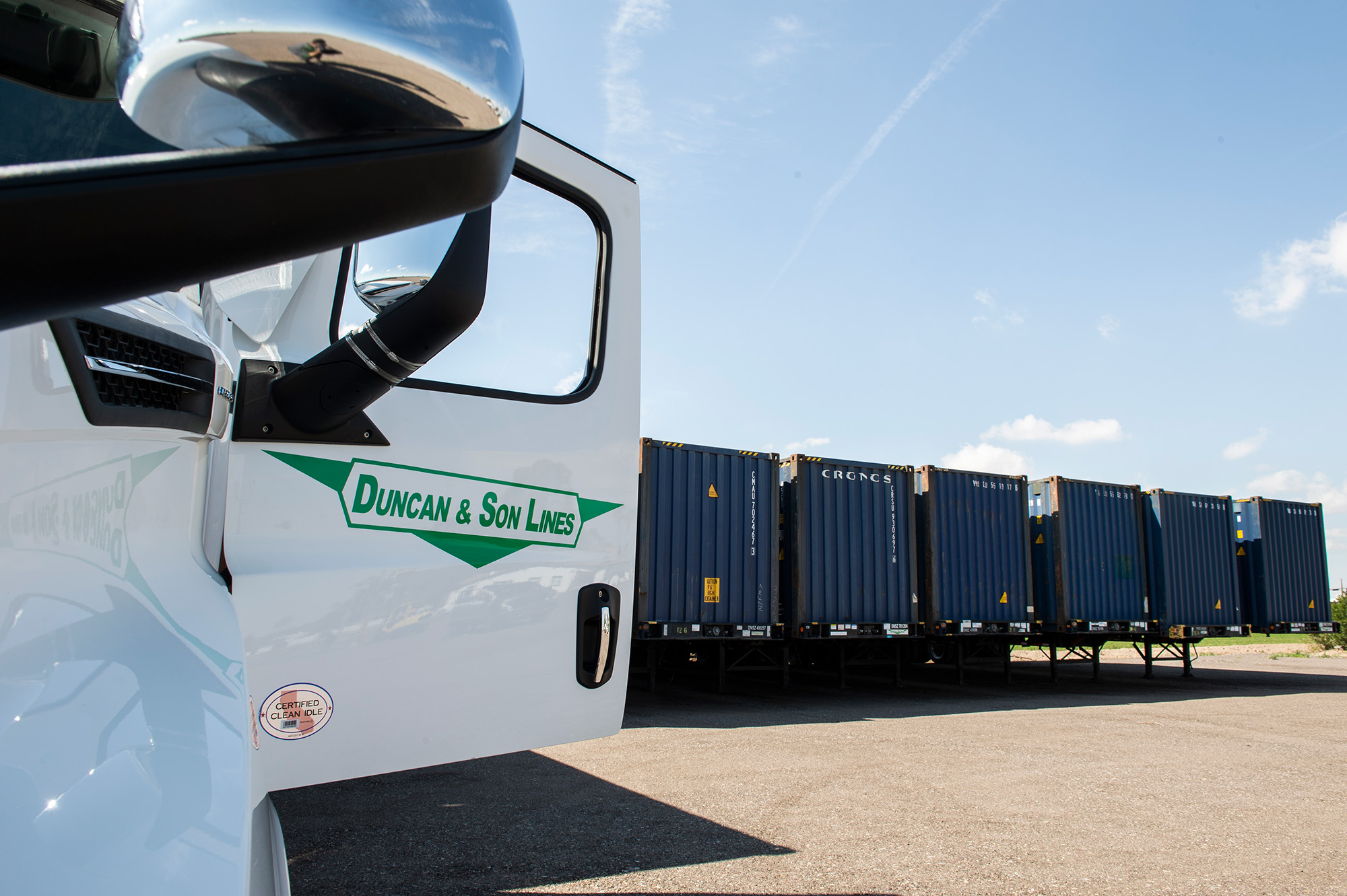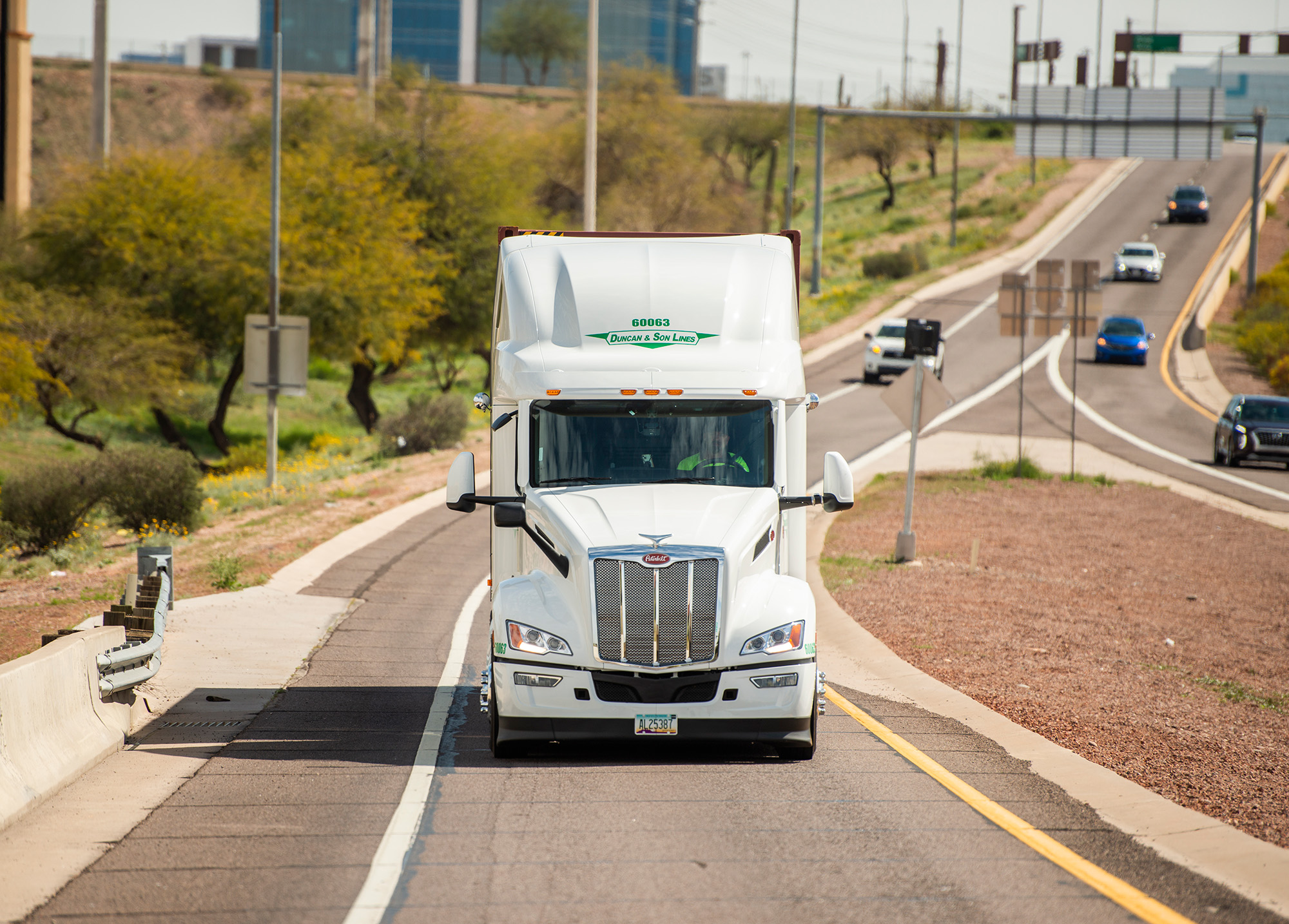
Challenges in Container Drayage and How the Industry Tackles Them
Picture this: every day, thousands of containers are shuttled between ports, rail yards, and distribution centers with clockwork precision. The efficiency of this process is not only a testament to modern logistics but also a lifeline for industries relying on timely and reliable transportation.
To emphasize the significance, consider the staggering statistic that containerized cargo accounts for over 60% of the world’s seaborne trade. Given the heavy dependence on a single system for trade, it frequently brings forth both challenges and innovations to sustain operational continuity.
What is Container Drayage?
Container drayage is the short-distance movement of freight shipping containers between places like ports, terminals, and distribution centers. It’s a crucial part of the supply chain, ensuring smooth transportation of goods between different modes like ships, trains, and trucks. The main goal is to efficiently transfer containers, connecting international shipping to local distribution networks and making global trade more efficient.
In this blog, we explore the challenges of container drayage shipping, shedding light on the hurdles it faces. From congested ports to environmental concerns, we’ll uncover the complexities of balancing time-sensitive intermodal shipping with logistical intricacies.
Despite challenges, the intermodal transport industry is embracing innovation. We’ll delve into the creative solutions, including cutting-edge technologies and sustainable practices, that are reshaping the container drayage landscape.
Join us on this exploration of container drayage’s critical role and the transformative initiatives steering it toward a more connected and efficient future.
Key Challenges in Container Drayage Services
Inefficient Planning and Visibility: Navigating the Fog of Information
Within the world of container drayage, a persistent challenge lies in the realm of planning and visibility. The absence of real-time data exchange among port terminals, the container freight station, pier drayage providers, and shippers casts a shadow over the efficiency of operations. This lack of transparency in the intermodal hub often leads to consequences such as delays, missed appointments, and the ominous specter of port congestion.
Fortunately, the industry is steering towards solutions that embrace technology, with blockchain-based platforms and digital freight matching emerging as beacons of improved visibility and collaboration.
Equipment & Driver Shortages: The Roadblock to Seamless Operations
Another hurdle on the container drayage route comes in the form of shortages—be it chassis, trucks, or skilled drivers. The limited access to these essential resources disrupts the trucking terminal, delivery schedules, and inflates drayage fees.
However, innovation is on the horizon. Solutions like chassis pooling initiatives, advancements in automation, and proactive driver recruitment programs are paving the way for a smoother journey, addressing the scarcity that once impeded the flow of goods.
Congestion and Delays: Navigating the Traffic Jam
Port congestion, akin to a traffic jam on the high seas, poses a significant challenge to the drayage process. This bottleneck effect has ripple effects on the entire supply chain and shipping process. Customs clearance delays and reshuffling woes further exacerbate the situation.
The industry, however, is not standing idly by. Initiatives such as appointment systems, off-port container yards, and optimized traffic management within terminals are carving out lanes for efficient multimodal transport, circumventing the roadblocks of congestion and delays.
Compliance and Security Concerns: Safeguarding the Cargo
Navigating the regulatory landscape and ensuring cargo safety add yet another layer of complexity to the container drayage service. Adhering to diverse regulations and maintaining accurate documentation pose challenges, while the specter of potential security threats looms.
Embracing technology once again, the industry is turning to automated compliance verification tools and advanced tracking systems to enhance security measures, ensuring a safe and compliant journey for the containers that travel our global trade routes.
Industry Innovations and Solutions
1. Embrace Technology: Powering the Future of Drayage Companies
In the quest for efficiency, container drayage is harnessing the transformative power of advanced technologies. Artificial Intelligence (AI), Internet of Things (IoT), and big data are becoming the driving forces behind optimized operations. Automated yard management systems, dynamic route optimization, and predictive analytics are emerging as trailblazing innovations, streamlining drayage services and ensuring a more agile and responsive supply chain.
2. Collaboration and Partnerships: Uniting for Success
Recognizing that strength lies in unity, the container drayage industry is placing a premium on collaboration. Closer cooperation among stakeholders within the drayage ecosystem is proving instrumental in overcoming challenges. Initiatives such as industry-wide data sharing platforms and collaborative planning projects are fostering a shared vision, enhancing communication, and paving the way for a more integrated and efficient supply chain.
3. Sustainable Practices: Greening the Drayage Landscape
As global consciousness turns towards sustainability, container drayage is no exception. Efforts to reduce the environmental impact are taking center stage. Electric drayage trucks, with their eco-friendly footprint, are gaining traction. Optimized routing for fuel efficiency is becoming a norm, contributing to reduced emissions. Investments in green infrastructure underscore a commitment to a more sustainable and responsible future for drayage operations. By adopting these strategies, the industry is not only mitigating its environmental impact but also aligning with global sustainability goals.
DSL Logistics Drayage Services
With our impressive 80-year history in the trucking business, we are a container drayage company who offers a diverse range of services. These include container drayage, covering both imports and exports in Arizona and Southern California within the Los Angeles and Long Beach port.
Our comprehensive container drayage services encompass chassis rental, expedited drayage, assistance with ocean carrier booking, NVOCC or freight forwarder coordination, local container pick-up and delivery, drop and pick, match-Box, peel pile, container depot storage, carrier haulage, and demurrage and per diem reduction.
In addition to our drayage expertise, our company also specializes in truck sales, focusing on used semi trucks primarily sourced from our fleet, and container sales, involving the sale and delivery of storage containers.
Conclusion
In wrapping up our exploration of container drayage challenges and solutions, we’ve identified obstacles like planning issues and equipment shortages. But there’s good news – promising solutions are taking shape.
Summing it up, technologies like AI and IoT are enhancing efficiency, while collaboration and partnerships are breaking down barriers in the drayage world. Sustainability efforts, from electric trucks to green infrastructure, show a commitment to an eco-friendly future.
Looking ahead, container drayage promises a more efficient, resilient, and sustainable future. We invite you to not just ponder these insights but actively join the journey. By engaging with solutions, together, we can propel the industry towards a brighter, more streamlined, and responsible tomorrow.
Categories
- Containers



